LinkedIn’s 2025 global survey finds professionals default to people they know for work advice ahead of AI or search. B2B marketers are shifting budgets toward creators, employees, and community content. This report distills the core numbers, methods, and practical implications, with contextual benchmarks where available.
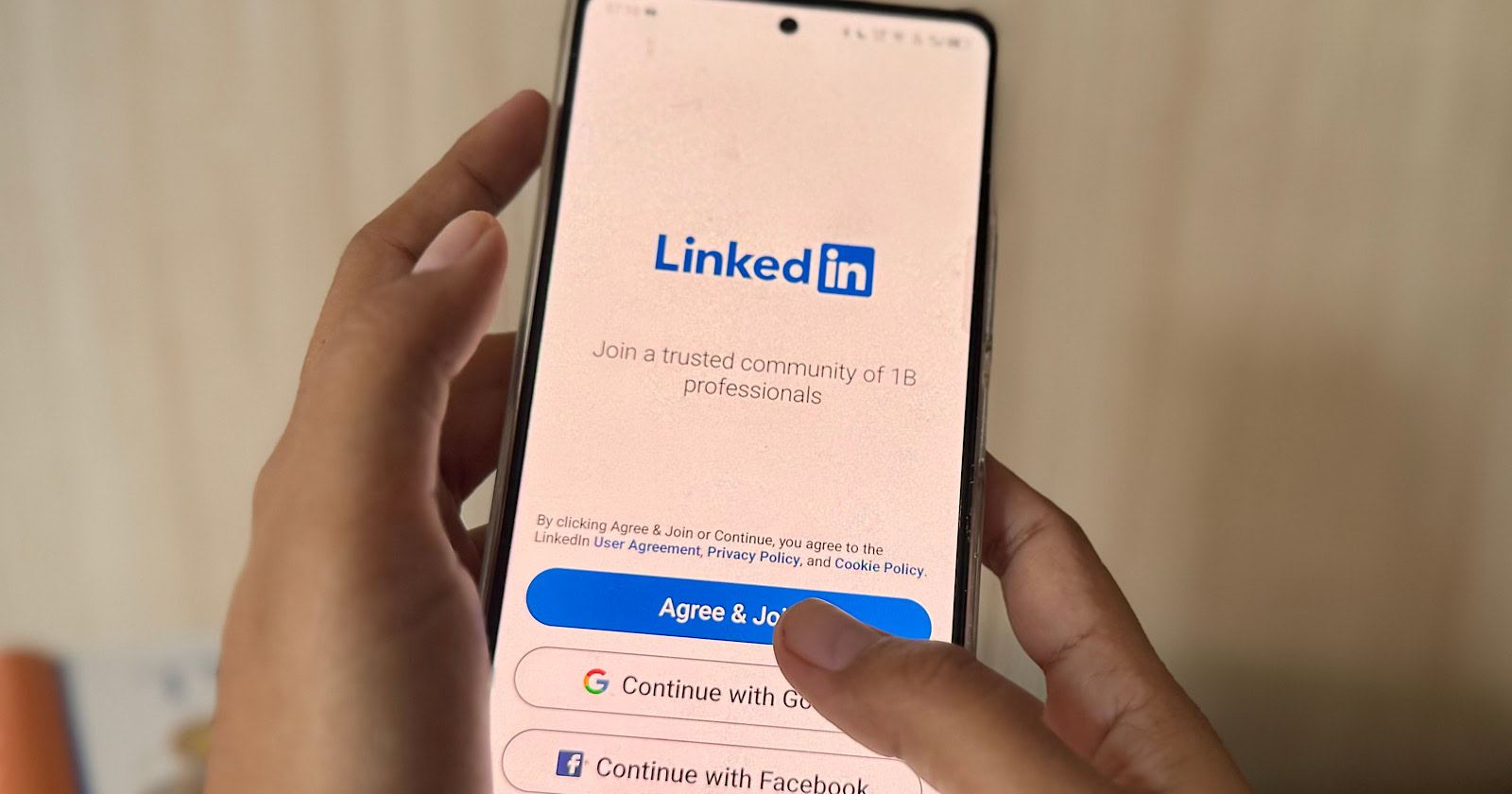
LinkedIn study: executive snapshot and key numbers
LinkedIn commissioned Censuswide to quantify how professionals seek advice and how marketers are responding. According to a new LinkedIn study, professionals show a clear preference for human networks when work decisions carry stakes, alongside measurable strain from AI upskilling. On go-to-market, marketers report buyer reliance on both company channels and peer networks, and most plan to increase spend on community-driven content featuring trusted individuals. Demographically, younger cohorts now dominate B2B buying, reinforcing the importance of creator and employee voices where they already participate. The results are self-reported but align with longer-standing buyer-behavior research that shows limited time spent with suppliers and heavy use of independent sources during evaluation.
- 43% of professionals turn to their network first for workplace advice - ahead of AI tools or search engines [S1].
- 64% say colleagues improve both the speed and quality of decision-making [S1].
- 51% say learning AI feels like a second job; 41% say the pace of AI change affects their well-being; 33% feel embarrassed about their AI knowledge; 35% feel nervous discussing AI at work [S1].
- 77% of B2B marketing leaders say audiences rely on both company channels and their professional networks; 80% plan to increase spend on community-driven content featuring creators, employees, and experts [S1].
- Millennials and Gen Z now represent 71% of B2B buyers, according to the same survey of marketers [S1].
Implication for marketers: Peer networks and credible human voices are shaping discovery and validation alongside brand channels [S1].
Method & source notes
What was measured: Primary survey of professional advice-seeking behavior and AI-related sentiment; separate survey of B2B marketers on buyer behavior and investment plans; plus platform-level observation of content trends on LinkedIn [S1].
By whom and when: Research commissioned by LinkedIn and conducted by Censuswide across 14 countries, fielded July 3-15, 2025 [S1].
Sample sizes and type: 19,268 professionals and 7,000 B2B marketers; online, self-reported surveys [S1].
Additional context source: Gartner’s analysis of the B2B buying journey quantifies how little time buyers spend with suppliers (about 17% of total buying time, or 5-6% per supplier when multiple vendors are considered) [S2].
Key limitations:
- Self-reported first source may differ from observed behavior; channel use varies by task, seniority, and purchase complexity [S1].
- Network is broadly defined (colleagues, mentors, known experts); relative shares for AI or search beyond first choice are not provided [S1].
- Platform signal (for example, an 82% rise in posts about feeling overwhelmed or navigating change) reflects LinkedIn activity and may not generalize to all professionals [S1].
- Gartner’s benchmark is from 2019 and is used for directional context, not as a contemporaneous measure [S2].
Sources:
- [S1] LinkedIn Pressroom: new LinkedIn study and the related pressroom post (Censuswide surveys of 19,268 professionals and 7,000 B2B marketers; 14 countries; fielded July 3-15, 2025). Includes a platform trend note on an 82% rise in posts about feeling overwhelmed or navigating change.
- [S2] Gartner, The New B2B Buying Journey and Its Implications for Sales, 2019 (buyers spend 17% of buying time with suppliers).
Findings: trust, AI burden, and marketer spending shifts
Professionals default to people they know for work advice. The study reports 43% turn to their network first - placing colleagues and known experts ahead of AI tools and search engines for workplace advice [S1]. Sixty-four percent say colleagues improve both the speed and quality of decision-making, highlighting the value of tacit knowledge and context sharing in real time [S1]. LinkedIn also notes an 82% rise in posts about feeling overwhelmed or navigating change, a platform signal that aligns with a preference for trusted human filters during uncertainty [S1]. In parallel, Gartner’s buyer-journey benchmark shows buyers spend only about 17% of total buying time with suppliers, reinforcing the importance of non-vendor sources - peers, communities, and third-party content - throughout evaluation [S2].
AI upskilling is adding load and hesitation. A majority (51%) say learning AI feels like taking on a second job; 41% report that AI’s pace affects their well-being, and material shares feel embarrassed (33%) or nervous (35%) discussing AI at work [S1]. Younger workers are more likely to overstate AI skills than Gen X, and three-quarters of those aged 18-24 say AI cannot replace the intuition of trusted colleagues, reinforcing the centrality of human networks even among heavy social platform users [S1].
Marketers are reallocating toward community and creators. Seventy-seven percent of B2B marketing leaders say audiences rely on both company channels and professional networks when making decisions, not one or the other [S1]. In response, 80% plan to increase spending on community-driven content that features creators, employees, and expert voices - formats that circulate within peer networks and are validated person to person [S1]. Millennials and Gen Z account for 71% of B2B buyers, aligning with the budget shift toward creator and employee-led content that travels across social feeds, messaging, and communities where these cohorts operate [S1].
Interpretation & implications
Likely
- Expect rising returns from programs that mobilize credible human messengers - employees, product experts, customer advocates, and vetted creators - in tandem with brand channels, since buyers rely on both and peers are often the first stop for advice [S1]. This aligns with constrained supplier contact time during evaluation [S2].
- Content that is expert-led, shareable, and portable across social and messaging will compound via networks, supporting earlier discovery and later-stage validation alongside search and paid [S1].
- Given AI upskilling fatigue and confidence gaps, explanatory content that reduces cognitive load (clear use cases, demos, peer walkthroughs) is more likely to be consumed and shared within teams [S1].
Tentative
- Measurement plans that account for dark social (shares in DMs, communities, email) may better capture the impact of network-distributed content than last-click models, given the documented reliance on networks and limited time with vendors [S1][S2].
- Younger buyer dominance suggests investing in trusted creator partnerships where these cohorts already gather, but category fit and creator credibility are likely gating factors [S1].
Speculative
- If colleagues improve decision speed and quality, enabling internal champions with concise, pass-along assets (for example, expert briefs and side-by-side comparisons) could compress deal cycles, though this requires validation by funnel analytics and sales cycle data [S1].
Contradictions & gaps
- The study ranks first source for advice; it does not quantify total channel mix or frequency of AI and search use across the journey. Search and AI may still be heavily used for broader information gathering even if they are not the first stop in a moment of need [S1].
- Network is not broken down by role (manager vs. peer), relationship strength, or channel (DMs, Slack, communities), leaving executional questions on where to prioritize [S1].
- No industry, deal size, or region cuts are provided. High-stakes or regulated purchases may follow different patterns than lower-risk software buys [S1].
- Platform signal (82% rise in posts about being overwhelmed or navigating change) lacks methodological detail and should be treated as directional, not as a population-level trend [S1].
- Gartner’s 17% supplier-time benchmark predates the current AI wave and may have shifted; it remains useful for context rather than precise 2025 planning [S2].

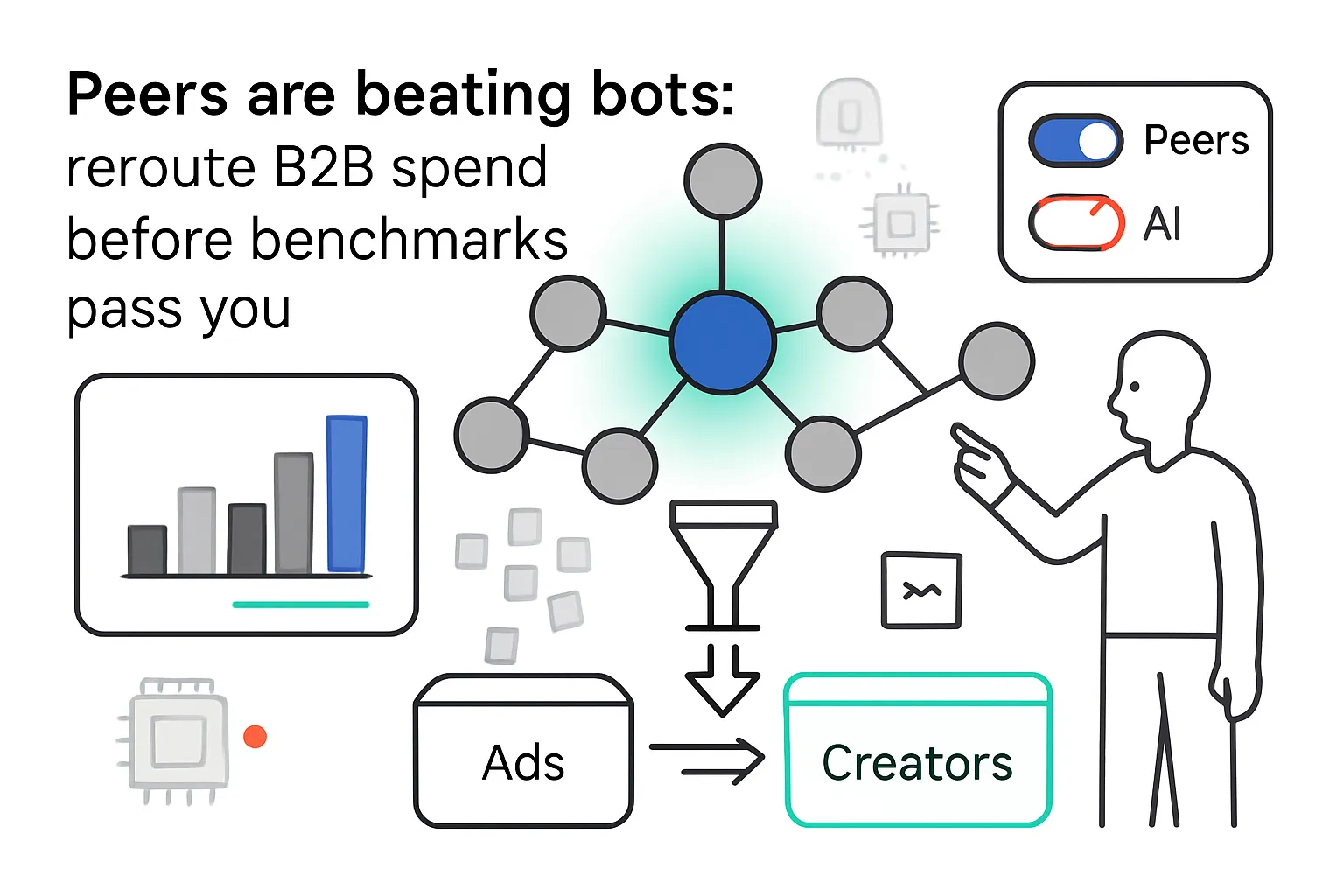


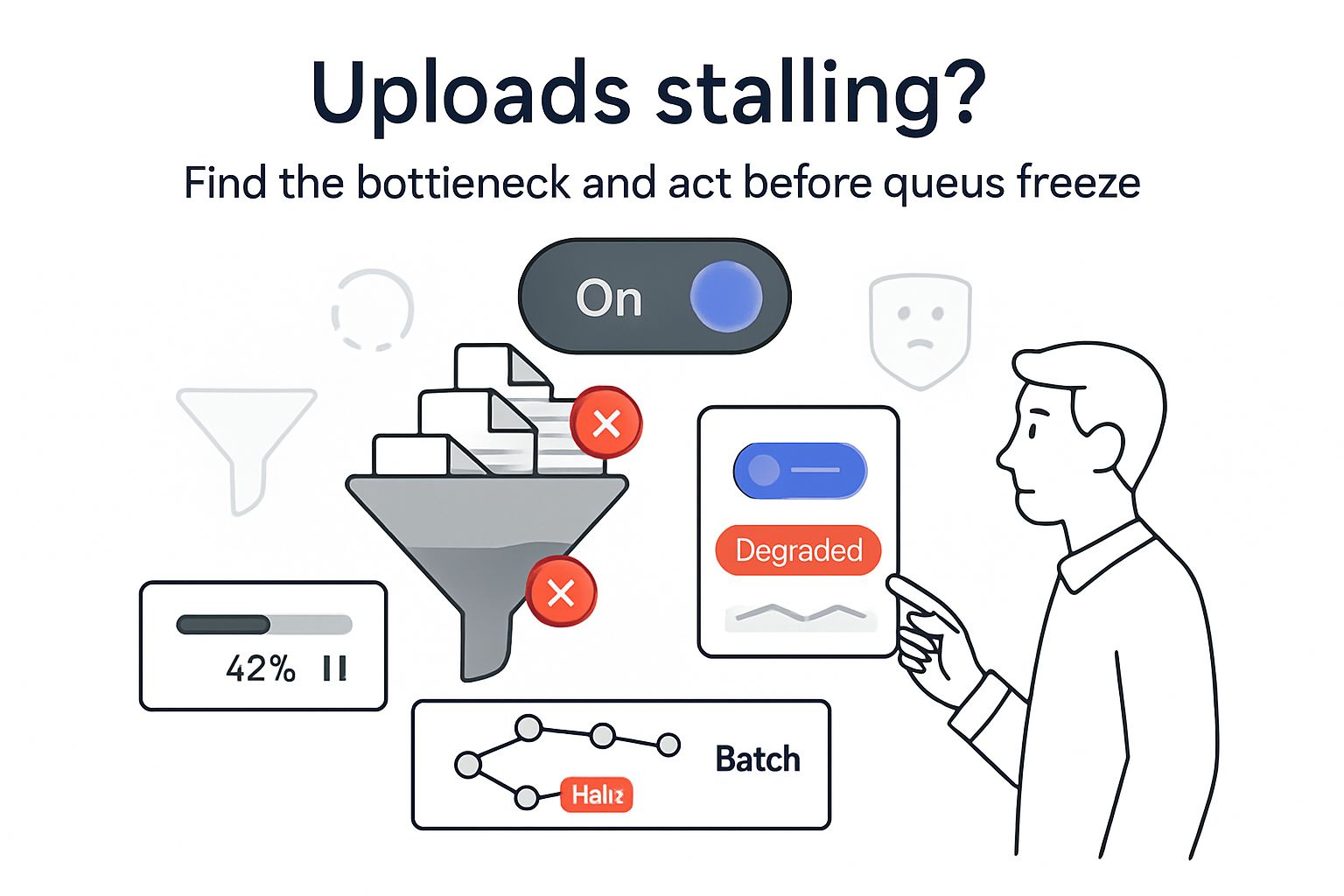
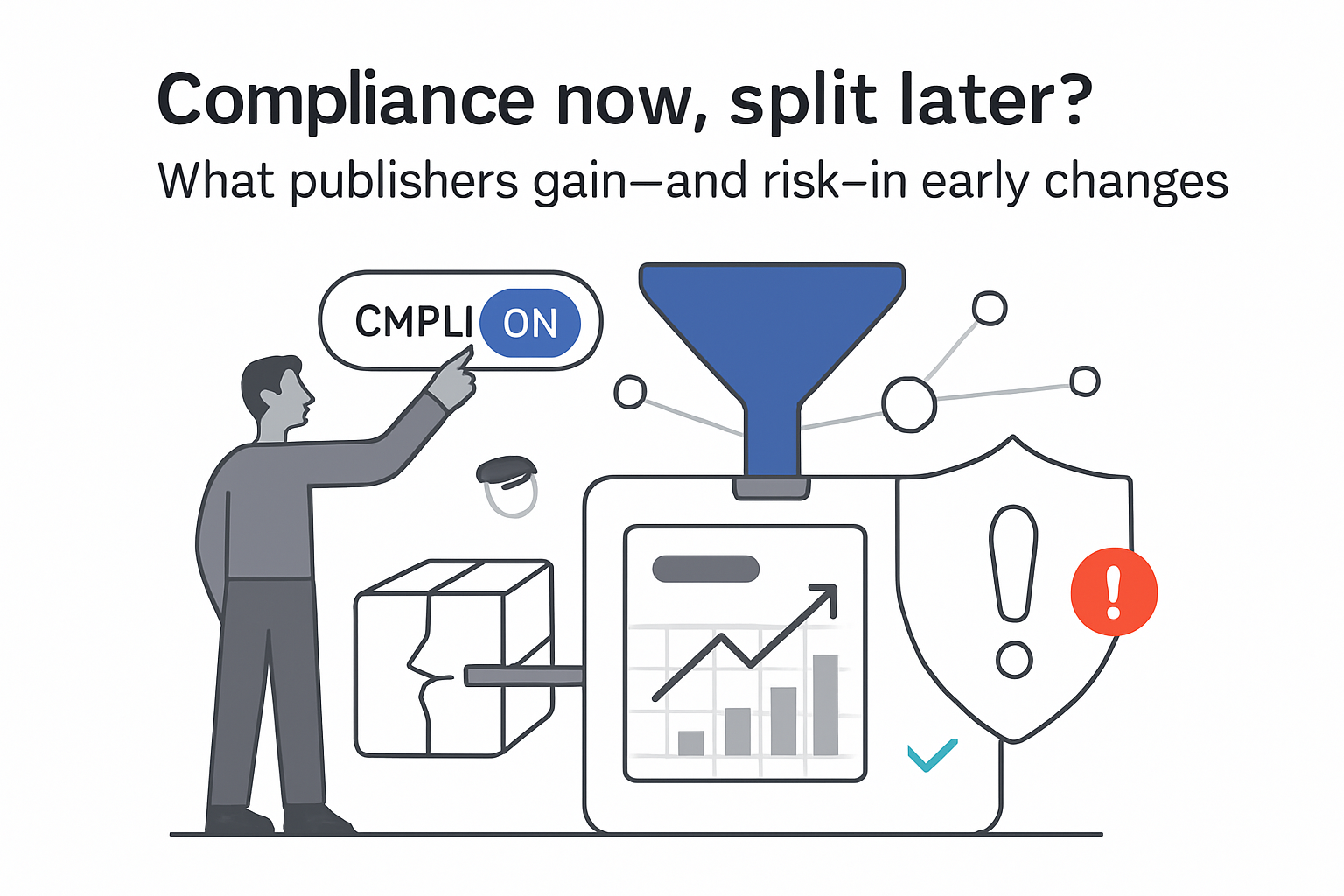
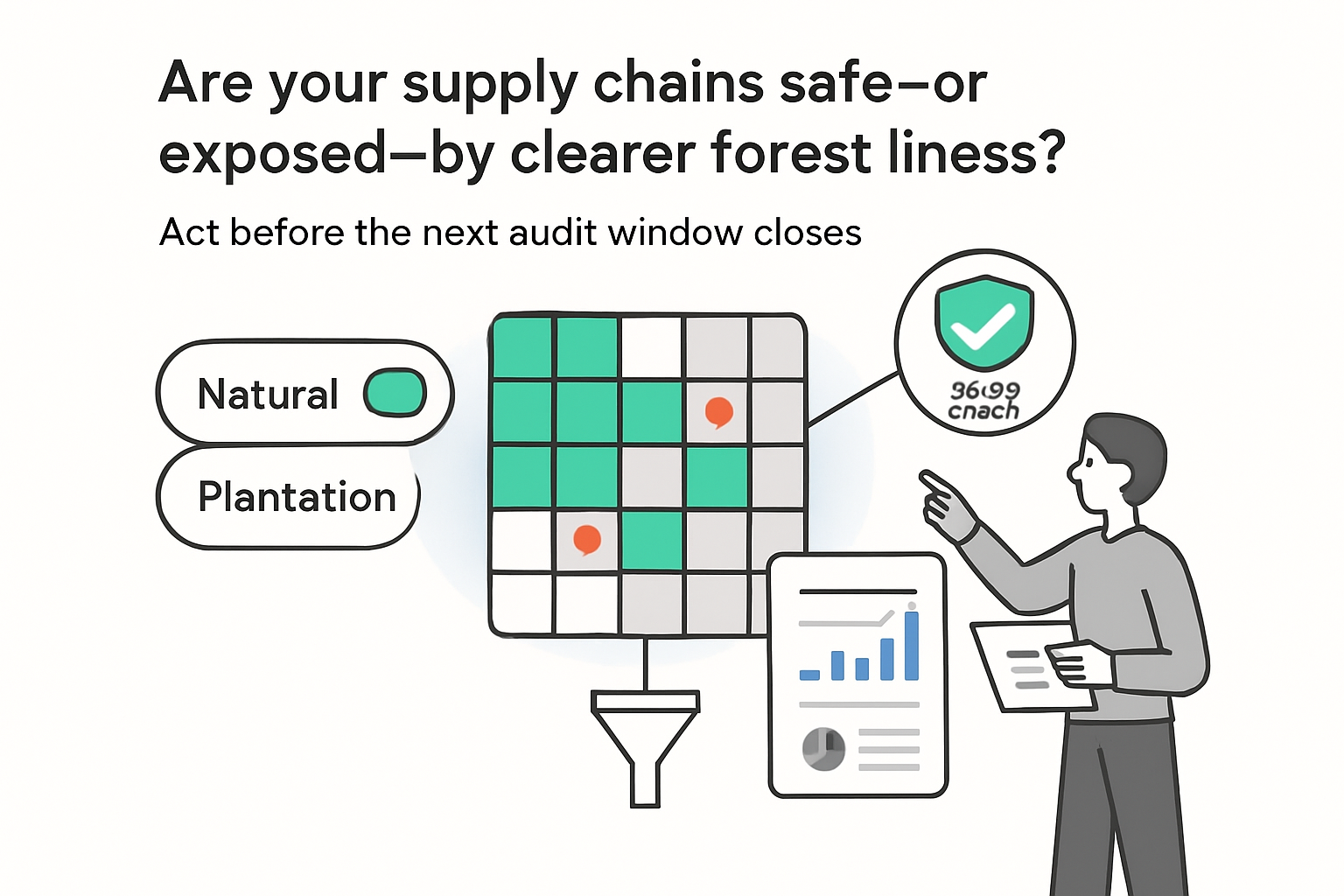
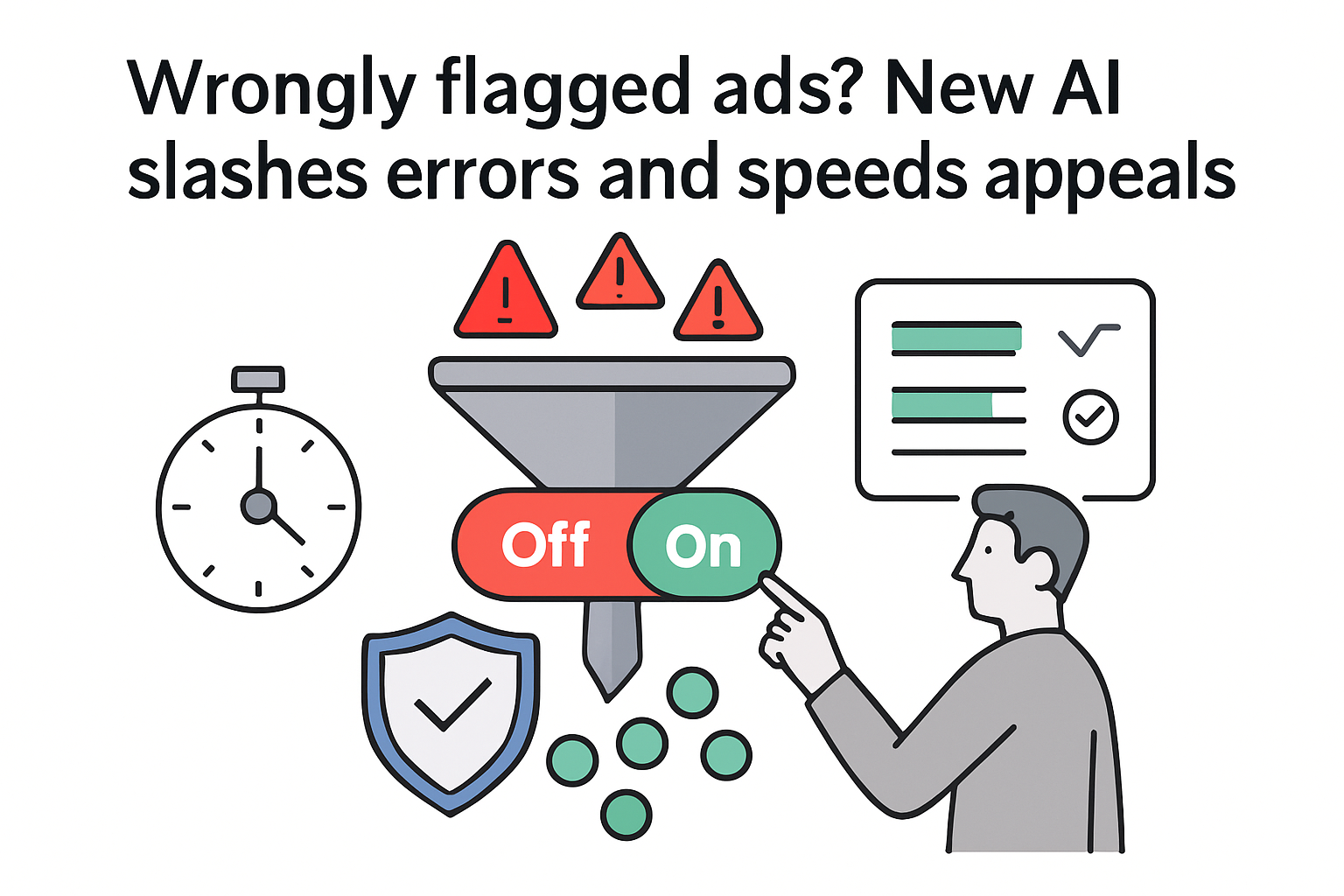
.svg)